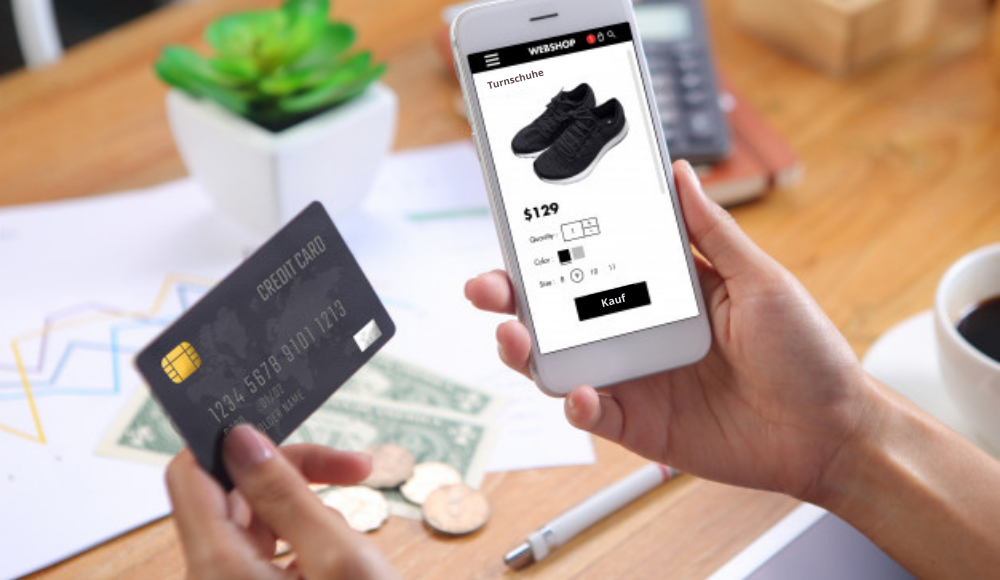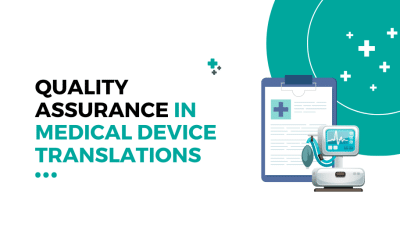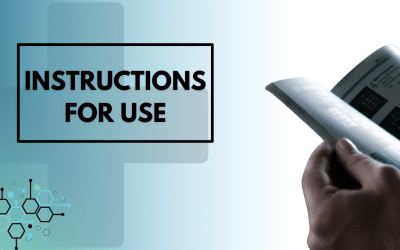If you want to expand your eCommerce business abroad, you should better take a closer look at the European economic superpower- Germany. This blog will help you better understand the German buyer and how German eCommerce translation can help your business establish itself in Germany.
Germany is among the top European markets, has a high Internet penetration rate and millions of regular online shoppers.
Below you can read more detailed information about the German internet market:
Clearly, Germany offers a favorable climate for developing internet commerce, however, understanding how the German customers think and operate is crucial.
A typical shopper in Germany is 30-40 years old and lives in an urban area.
Moreover, customers from Eastern and Western Germany diverse from each other.
For instance, the Eastern part of Germany is characterized by lower incomes and high unemployment rates. Don’t forget to take into consideration such cultural differences!
Ecommerce is steadily growing in Germany. Online customers tend to purchase home electronics as well as clothes and footwear.
The following graph sums up the most popular categories among the German online shoppers:
German eCommerce is a lucrative opportunity and you should definitely take advantage of it to expand your business abroad.
To ensure all runs smoothly, we have created a list of 4 things you should consider before making the next big step.
1. German eCommerce Translation
German people really value their mother tongue so if you want to stay on top of the German market, which is quite competitive, to say the least. Make sure to provide all your services and products in German!
Very few people in Germany speak English fluently, and even they prefer shopping in Deutsche. For your online business to succeed, German eCommerce translation is absolutely necessary.
What’s more- German is also spoken in Austria, Luxembourg, and Switzerland. So you can reach customers beyond just Germany once you translate your store.
In order to get this done and quickly move on with the rest, it is best to find a translation agency that can get the job done for you. Don’t forget to contact a professional and reputable agency since marketing translations in German are notoriously complicated.
Note: Be aware of text expansion. Keep in mind that German is notorious for its long words so it might be necessary to change the way your website is arranged to fit some longer words.
eg: A privacy policy is translated to Datenschutz Richtlinie or personal data is personenbezogene Daten.
The text expansion usually creates issues for menu items and buttons- so plan ahead!
2. German eCommerce Localization
When your target market is Germany, you are expected to not only translate but also localize your whole content in German.
Localization is essential to your success in Germany, so make sure even the smallest detail is adapted to suit the taste of the German eCommerce shopper.
Here is a list of what you should pay attention to:
- Currencies – Euro
- Measurements – centimeters and meter
- Garment sizes- use European sizes if you sell clothes or shoes
- Colors schemes
- Icons and symbols
- Privacy policies, terms, and conditions, etc – regulations in Germany may differ so make sure you adapt such content accordingly
Also, make sure that your text entry fields support German special characters and the contact forms have German territories and codes.
Note: When you finally decide on a particular translation agency, ask if they offer live testing when they have finished with the translation and localization.
Testing will help you detect any error or inaccuracy and make the necessary corrections before it is too late.
3. Be Mobile
Germany is among the eCommerce leaders in Europe and its mobile share of eCommerce sales is nearly 40%.
What’s more, eCommerce in Germany is steadily growing, and shopping from a smartphone is contributing greatly to its success.
Since mobile data plans are rather on the expensive side in Germany, avoid any media content such as videos or 360-degree photos that require a lot of data to load.
Instead provide short product description, pricing details as well as customer reviews.
Make sure that your mobile eCommerce site and the app are also translated in German. This will ensure a seamless customer experience on every device.
Moreover, search engines are the primary research tool for German customers, so optimizing your SEO strategy for mobile devices should be among your top priorities.
4. Flexible delivery
Late deliveries don’t sit well with German customers while fast delivery is well-appreciated.
In fact, according to Lengow (as cited by Wordbank), more than 80% of the German online shoppers would choose one retailer over another, offering the same product, only because of better delivery options.
These statistics highlight the importance of offering different delivery options.
Here are some of the most valued delivery options by the German customers:
- free standard delivery
- fast or express delivery
- home delivery
- delivery to pickup-up points (e.g. parcel lockers)
- click-and-collect services
- pre-booked delivery times
Don’t forget that German shoppers really appreciate having the possibility to track their orders as well as to choose a delivery date.
Note: It is also a good idea to consider more flexible return policies as well since Germany has one of the highest return rates in Europe – in some sectors it exceeds 40-50%. For instance, Zalando offers a 100-day free return.
This in turn creates a competitive edge since customers expect the same return policies from other companies as well.
Connect With German Customers In Their Native Languages.
Milestone helps you seamlessly translate content & localize your website, products, and services for more reach, better conversions, and greater sales.
5. Payment Flexibility
German customers are notorious for being reluctant to share personal data online.
This is also why they are less likely to use credit cards.
There are a few alternatives which will without a doubt impress your German customers.
One of them is ‘pay by invoice’. This payment option allows customers to try out the product before committing to a purchase. It also makes it possible for customers to pay in installments.
Other online payment methods such as Paypal, ELV, GiroPay, Sofortüberweisung, RatePay, and other online wallets are growing in popularity especially because of its security.
Note: Make sure you not only provide a variety of payment methods but also a secure payment system since oftentimes risk-averse.
German customers would abandon their shopping cart during checkout because they do not find a payment method that is secure enough for their liking.
6. Customer service in German
Translating your content in German, when selling in Germany is rather obvious.
However, many companies overlook the importance of providing customer services in the local language.
German customers are well-known for being very careful with how they spend their money. This is why they are not afraid to write an email or to directly call the provider to get more information.
Thus, customer service in the local language is essential if you want to please your German customers.
If you have an eCommerce chatbot on your site, make sure to train it in German!
Note: Providing German-speaking support can help you generate brand loyalty.
By having access to customer options such as live chat or call services, a customer would be able to better assess a product before making a purchase.
In a nutshell, providing German-speaking support can relax your return rates and increase repeat purchases.
7. Marketing Localization
Now that you have translated and localized your eCommerce store in German, it’s time to tell the country about your product.
The most important avenue is SEO. Find the right keywords for your product in German and make sure to include them on your page and search ads.
Keyword research can be time-consuming but it pays off! For your newly translated eCommerce store to succeed, customers should be able to find you.
Make sure to translate and localize your ads and communications in German as well and use relevant images and examples.
Germans appreciate facts and numbers, you can use them to make your copy more convincing. For more information, read our blog:
6 important aspects to consider when localizing for Germany
Investing in German eCommerce translation and localization services as well as mobile-optimized sites, on-time delivery, flexible payment options, and last but not least customer service in German, guarantees that you can easily break into the German eCommerce market.
If you want to make the most of the online opportunities the German online market offers, get in touch with us.
Connect With German Customers In Their Native Languages.
Milestone helps you seamlessly translate content & localize your website, products, and services for more reach, better conversions, and greater sales.









